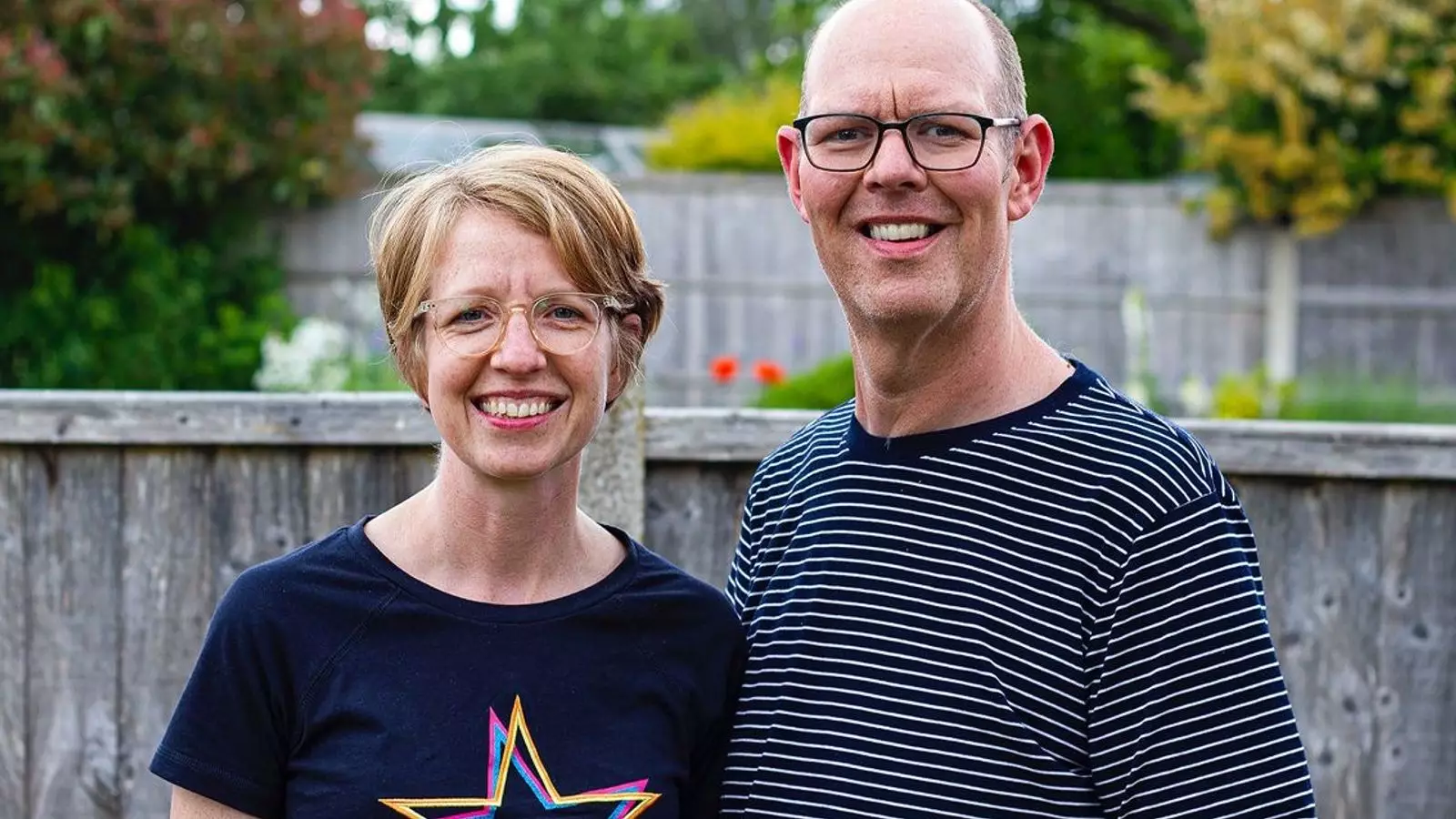In a shocking turn of events, a senseless act of violence has culminated in the conviction of Hassan Jhangur for murder, but the narrative behind this tragedy reveals deeper issues that a simple court verdict cannot fully resolve. The incident, rooted in family disputes and community tensions, exposes the fragility of social cohesion and the dangerous consequences when personal grievance morphs into lethal force. While Jhangur’s conviction seems to deliver justice, it also highlights a society grappling with its failures—whether in conflict resolution, social integration, or public safety.
The injuries and fatalities resulting from this incident are not isolated acts of impulsivity but symptoms of a broader social malaise. Jhangur’s violent actions—initially fueled by familial disputes—spiraled into a devastating confrontation that claimed innocent lives. The mantra of justice, in this case, becomes a complex web: does punishing one man truly address the underlying issues that led to such a breakdown in civility? Or does it merely serve as a retributive spectacle that distracts us from deeper societal failures?
Reflections on Accountability and Society’s Role
At its core, the case raises uncomfortable questions about accountability—not only for Jhangur but for the community that enabled such a volatile environment. The morning of violence was the culmination of unresolved family tensions, a common yet often overlooked seed of community discord. The absence of dialogue and understanding allowed resentment and anger to ferment, ultimately exploding into physical violence. Framing Jhangur solely as a criminal overlooks the social fabric that, when frayed, breeds such chaos.
Moreover, the incident underscores the dangerous complacency in how society manages conflict. Rather than fostering peaceful resolutions and community support structures, we often turn a blind eye to simmering disputes, dismissing them as trivial. When these tensions escalate, the tragic results—loss of life, injury, societal trauma—are often blamed on the individual perpetrator rather than systemic deficiencies. The legal verdict, while necessary, risks becoming an emotional Band-Aid rather than a catalyst for meaningful societal change.
The Illusion of Justice in a Fragmented Society
The court’s decision to convict Jhangur of murder appears to deliver the fairest outcome under the law, yet it raises questions about the nature of justice itself. Is it truly justice to impose a life sentence on a young man whose actions stemmed from complex familial upheavals? Or does this serve more to satisfy societal demands for retribution than to heal wounds within a fractured community?
This incident reveals a troubling tendency to equate punishment with societal progress. Jhangur’s confession and subsequent conviction—while legally justified—do little to address the root causes: social alienation, cultural tensions, the failure to mediate disputes constructively. The focus on individual culpability often neglects the systemic failures that permit such tragedies to unfold repeatedly.
Furthermore, the public spectacle of the trial and sentencing process transforms tragedy into a political act—an affirmation that the state will punish, but rarely prevent. The law’s transfer of intent, as highlighted by prosecutors, is a stark reminder that blame is often simplified into a one-dimensional narrative. The reality, however, is far more complex: community fragmentation, lack of dialogue, and social disconnection foster environments ripe for violence.
Healing or Retribution? The Road Ahead
While justice is deserved, the society that enables the conditions for such violence must ask itself whether punishment alone can suffice. The focus should shift toward preventative measures—investments in community programs, mental health, youth engagement, and conflict resolution initiatives. Society must recognize that the roots of violence are often intertwined with economic hardship, social marginalization, and cultural alienation.
The narrative of this case should serve as a wake-up call. If we continue to solely rely on criminal justice as a way to maintain social order, we risk perpetuating a cycle where justice is merely a veneer over deep societal wounds. True progress demands a nuanced approach—one that addresses inequalities, fosters community cohesion, and emphasizes rehabilitation over retribution.
Empathy and understanding must replace superficial condemnations. Instead of seeing Jhangur solely as a murderer, society must grapple with the broader questions: How did we arrive at this point? What can we do to prevent similar tragedies in the future? Without addressing these fundamental issues, the cycle of violence will likely persist, leaving wounds that justice alone cannot heal.


Leave a Reply